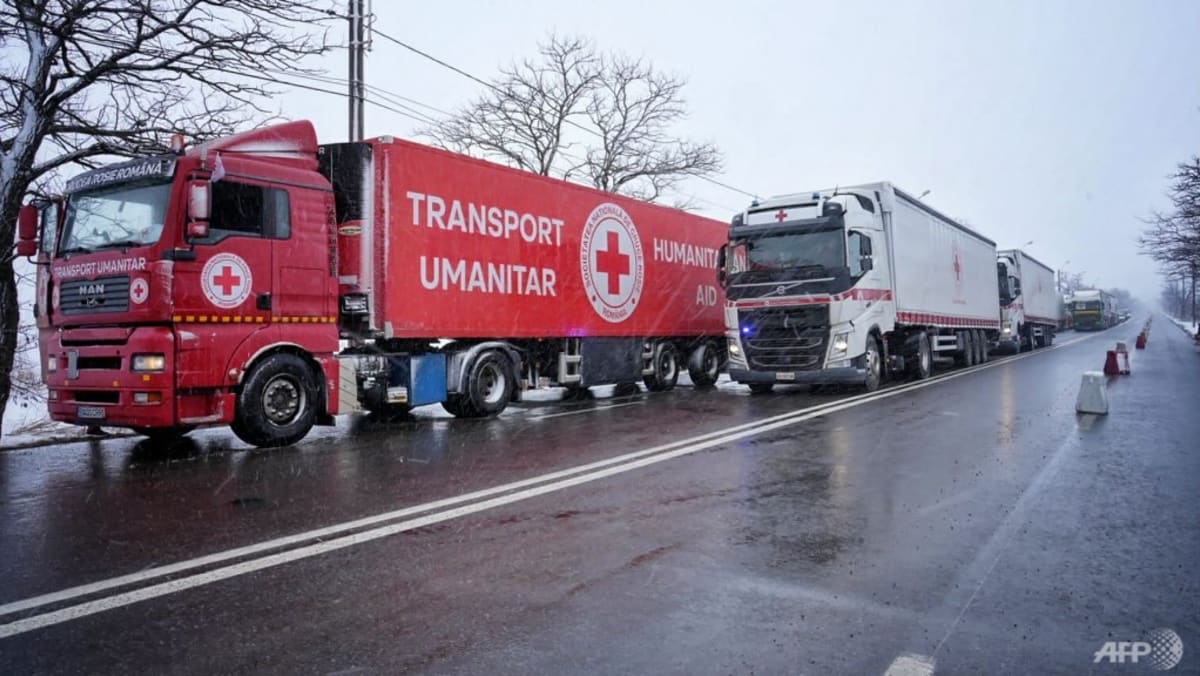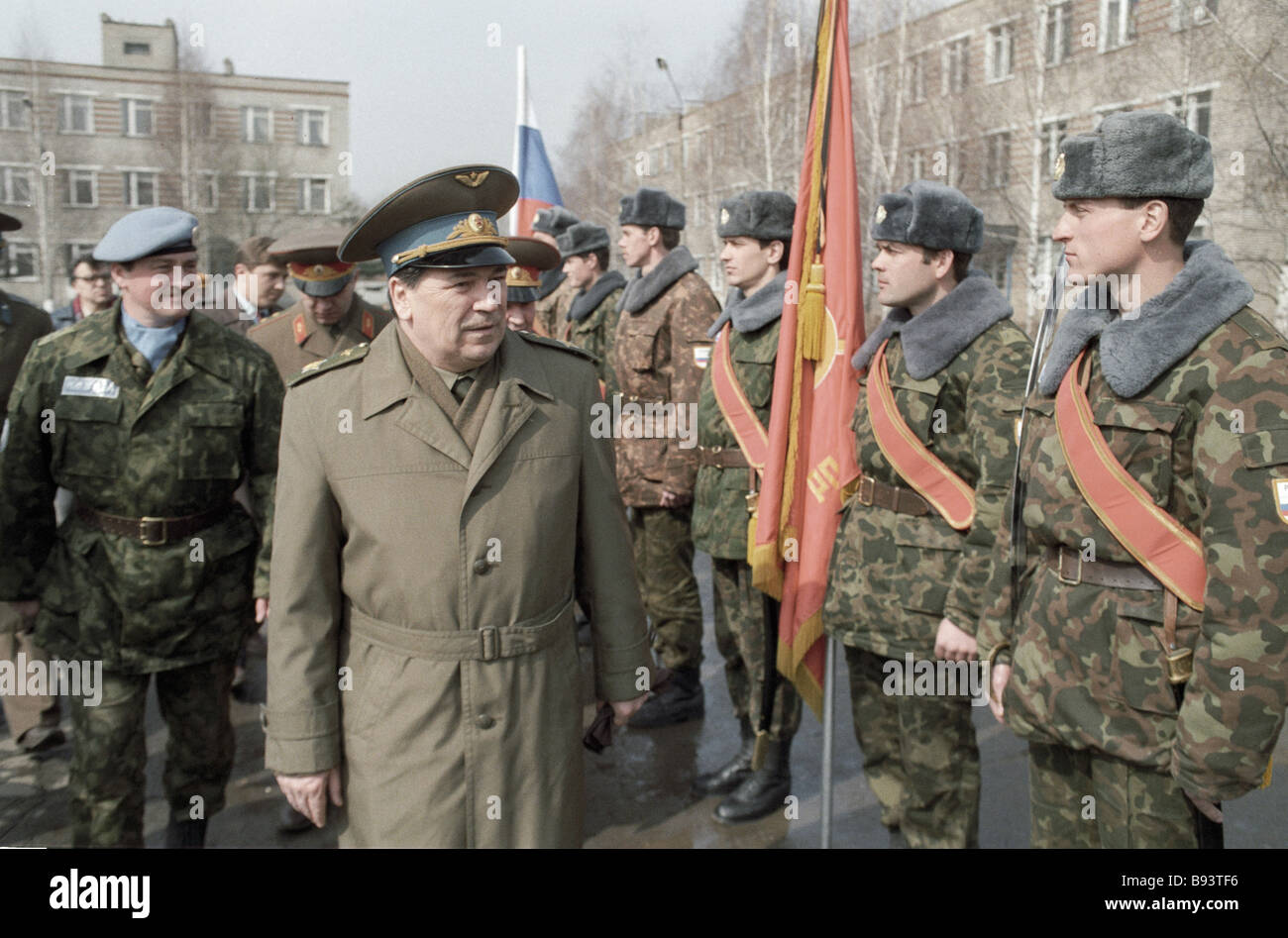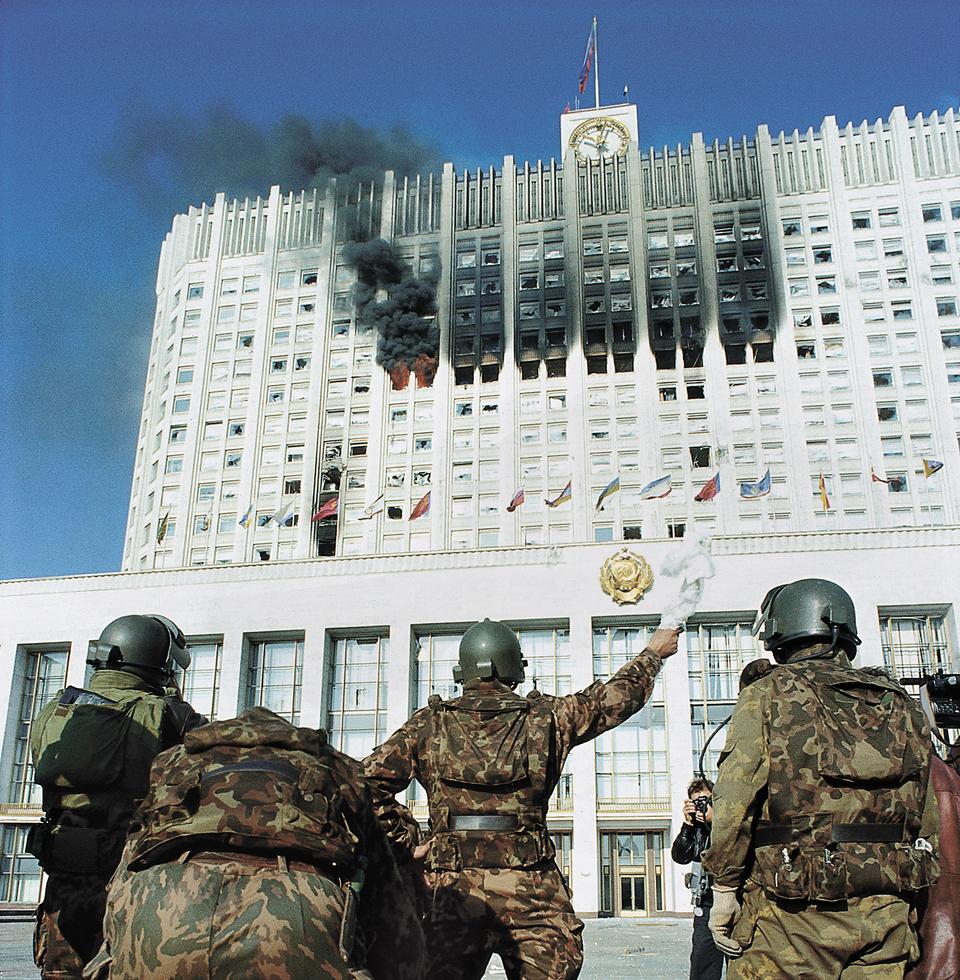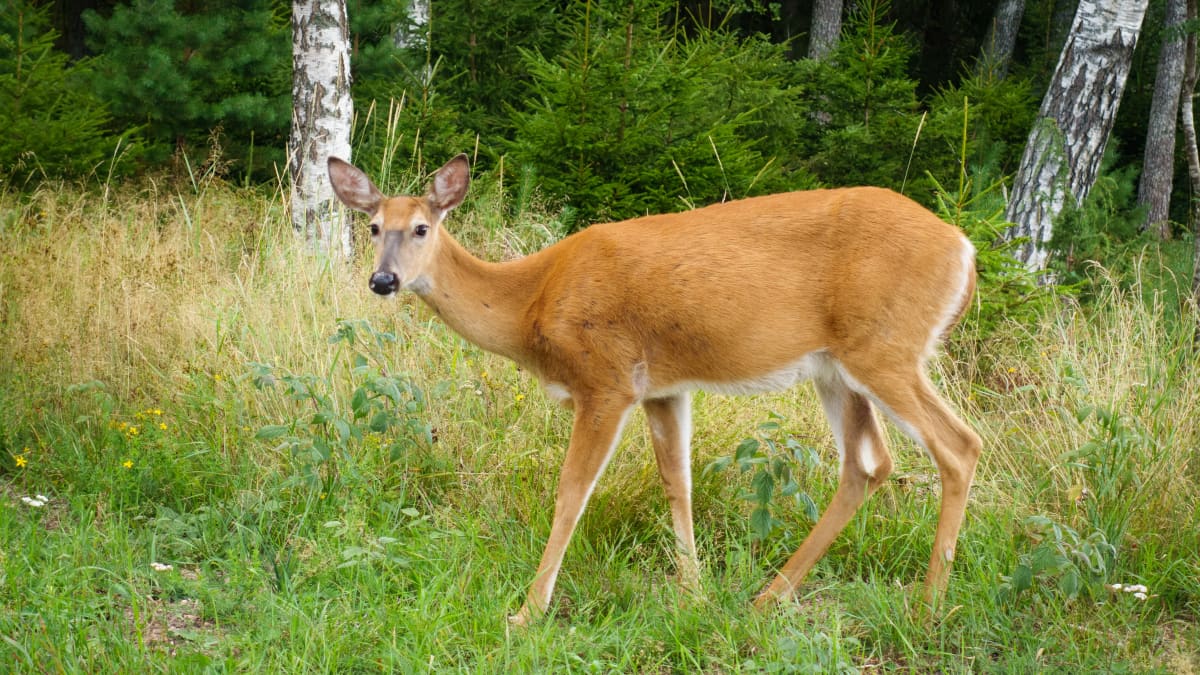
Parliament members of the Krasnodar Territory and Adygea that created the Republic of Circassia. Maykop, december of 2000

Most of the original residents would have left due to the Circassian government doing their best to make itself uncomfortable for Russians. Pretty sad that they would survive a monster only to eventually have to leave as their home becomes something else.View attachment 806395
Nighttime view of Sache (Sochi), the capital of the Republic of Circassia circa 2023.
View attachment 806396
Sunset view of Krasnodar, Circassia in 2015. With the reconstruction of the city complete in 2004 and the aid to the residents (psychological and otherwise) by the Circassian government, due to the Irtyshov regime’s actions, the future of the city and its residents seems bright and the horrors of the 1994-1997 period can be put behind them.
Changed it.Most of the original residents would have left due to the Circassian government doing their best to make itself uncomfortable for Russians. Pretty sad that they would survive a monster only to eventually have to leave as their home becomes something else.






While transplanting White tail deer is possible (at this point the White tail deer in the Eastern United States is kept in check by Hunters since the species that hunt it have been largely wiped out), I know that my county (suburban DC) would be willing to ship half of them *anywhere*. However that area already has the Red Deer whose range includes both the countries that border Russia on the West as long as significant parts of Asiatic Russia. I'd expect that transplanting groups of Red Deer would be cheaper.
White-tailed deer in Central Russia in 2012
Soon after Second Russian Civil War it was clear that Russians would need more animals as proteine source. It was decided that there should plant several prey animals for helping Russians get more food. One of them was white-tailed deer what was already succesfully planted to Finland in 1930's. These plantation processes were pretty succesful altough there has recently occured worries about their affects to original nature.
While transplanting White tail deer is possible (at this point the White tail deer in the Eastern United States is kept in check by Hunters since the species that hunt it have been largely wiped out), I know that my county (suburban DC) would be willing to ship half of them *anywhere*. However that area already has the Red Deer whose range includes both the countries that border Russia on the West as long as significant parts of Asiatic Russia. I'd expect that transplanting groups of Red Deer would be cheaper.
I'd also expect that the North American Racoon and North American Beaver might expand from the areas that they've already expanded to in Europe.
(Reminders that invasive species can definitely occur from elsewhere to Eurasia)